9 Cool Cars You Need to Know
Cars don’t just get us from A to B. They are inspirational machines that lend their cool to all who own them, admire them, or simply aspire to one day drive them.
Criteria
What makes a car cool? Is it speed? Its look? Its utility? Is it pure popularity that determines “cool” factor? (As beloved as it is, I don’t think we can call the F-150 cool, unless we’re talking about the Raptor). We ran though a whole mess of criteria before settling on the following qualities that we feel best comprise cool in a car.
First, curb appeal. A car’s aesthetic quality goes a long way toward cultivating coolness. This goes for both the ostentatious styling of a factory Lambo and the most tricked-out custom lowriders you’ve seen leaning on three chrome spoked wheels.
Next, performance. Who doesn’t love a fast car? Boasting a smoking 0-60 number goes a long way toward bolstering the coolness of even the humblest looking hotrods.
Customization. Part of what make a car cool is how you’ve made it your own. From lowriders to van-lifers, mods inside and out can elevate a vehicle from the merely mundane to the spectacular.
[click_to_tweet tweet=”The Cobra is what fast American cars have aspired to since its release in 1962.” quote=”The Cobra is what fast American cars have aspired to since its release in 1962.”]
History. Some cars are cool because they made a huge impact on the automotive industry and on life in general. Cars like the VW beetle or the Model-T fit this bill. And some cars are cool because of their historical obscurity. A well-maintained Duesenberg LeGrande or a Tucker 48 are also pretty darn cool cars.
Edsel Corsair
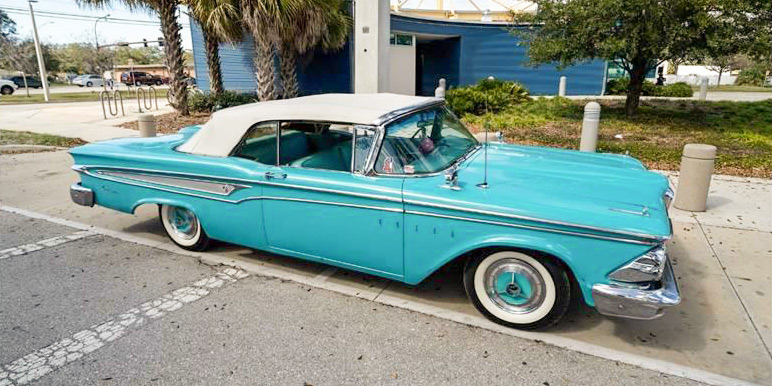
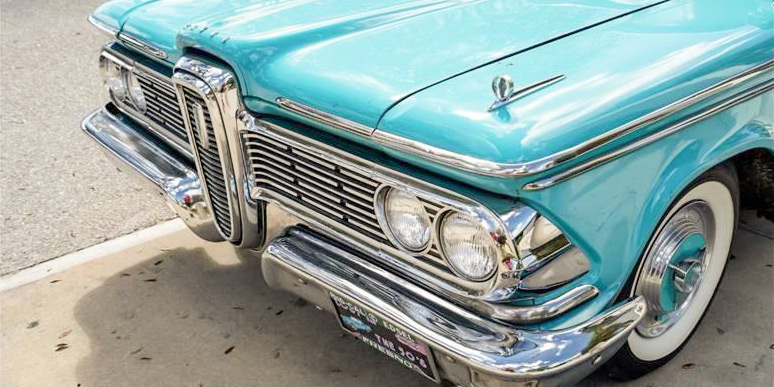
Built by a short-lived Ford subsidiary, the Corsair only saw production for two brief years, ’58 and ’59. The Corsair initially received mixed reviews, with many observers put-off by the ugly/innovative front grill work. This lukewarm reception meant the original intention of the Edsel, that of Ford catching up to GM in terms of sedan quality, would remain unrealized. Edsel became a by-word for epic failure and design folly within the auto industry. But perhaps the Corsair has gotten the last laugh as its now distinctive look has become highly prized among vintage car collectors.
’66 Lamborghini Miura
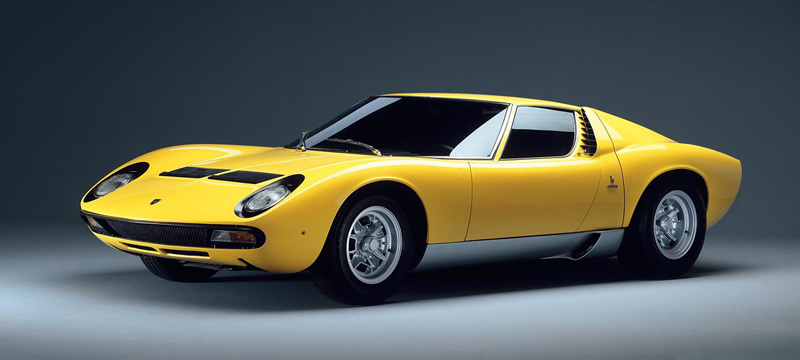
Lambos are chockablock with ostentatious Italian style and the Miura is exhibit A. The first of Lamborghini’s mid-engine monsters, the Miura featured sleek curves, retractable headlights (with eyelashes!), and that signature Lambo V12 (transversely mounted this time). The headlight eyelashes might not have caught on, but the athletic stylings and the mid-engine configuration in a production car sure did. The Miura resides as a critical milestone in the evolution between sports car and super car.
’53 – ’57 Mercedes-Benz 300 SL “Gull-Wing”
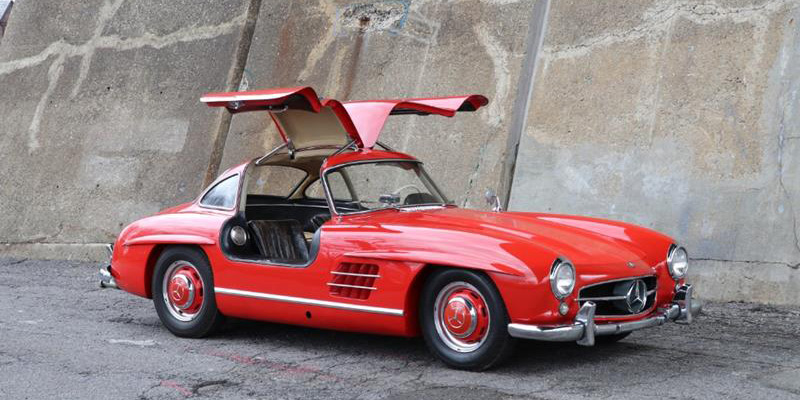

Before there were bat wings or butterfly wings, there were gull-wings. Specifically, the gull-wing doors of the Mercedes-Benz 300 SL which hinge up from the roof of the car. Equally bold was the 215hp engine, which, at the time, made the 300 SL the fastest production car on the market. That combination of speed and innovative design made the 300 SL gull-wing a popular choice among the rich and renowned. Owners included Pablo Picasso, Tony Curtis, Mohammad Reza Pahlavi (the Last Shah of Iran), Sophia Loren, and Paul Newman. The gull-wing remains immensely popular today, with auctions frequently cresting the $1 million-dollar mark.
’47 – ’53 Chevy 3100 (Advanced Design)

The 3100 “Advanced Design” was indeed advanced for its day. Compared to its previous generation, the 3100 featured larger windows, improved steering, better ventilation, and a roomier cabin (enough for three passengers on its bench seat). A personal favorite detail on these trucks are the wrap-around side/rear windows that came on the 5-window versions. Not only do they reduce your blind spot they also just look super cool. In decades past vehicle interiors had been dark and claustrophobic, but the Chevy 3100 let in the light. The 3100 is also a very popular truck for lowrider modification.
Plymouth Barracuda
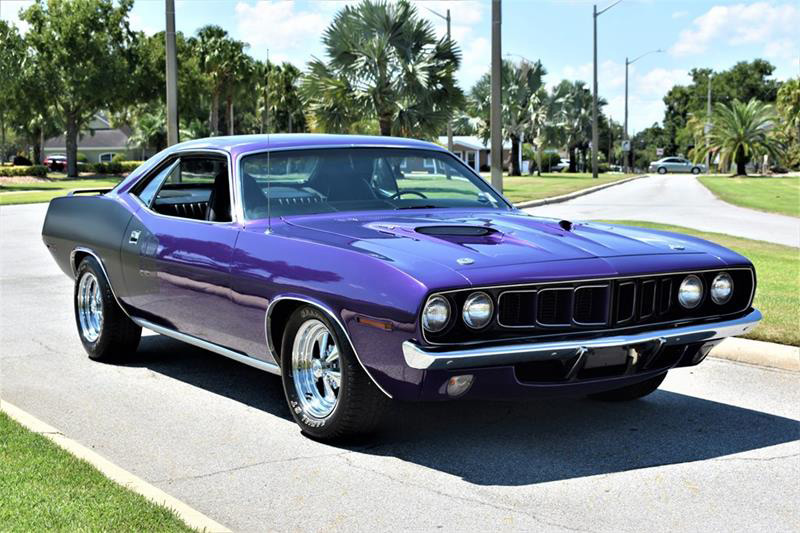
A cool kid classic ride, we all knew the guy (sometimes gal) in high school who was deeply devoted to American muscle. Many of them would’ve had Mustangs or Camaros, but few cars beat the Barracuda for real OG muscle car street cred. Though early to the game, beating the Mustang to market by two weeks, the Barracuda never caught fire the way other icons of muscle did. Similar to its Ford and Chevy brethren, the Barracuda ran through a slew of engine options during its run. Engines ranged from underwhelming slant 6s to burly 7-liter V8s. The first-generation (’64-’66) Barracudas had a single pane wrap-around back window. At over 14 sq. ft. it was the largest that had yet been used on a production car.
’60 Cadillac Deville Coupe/Sedan
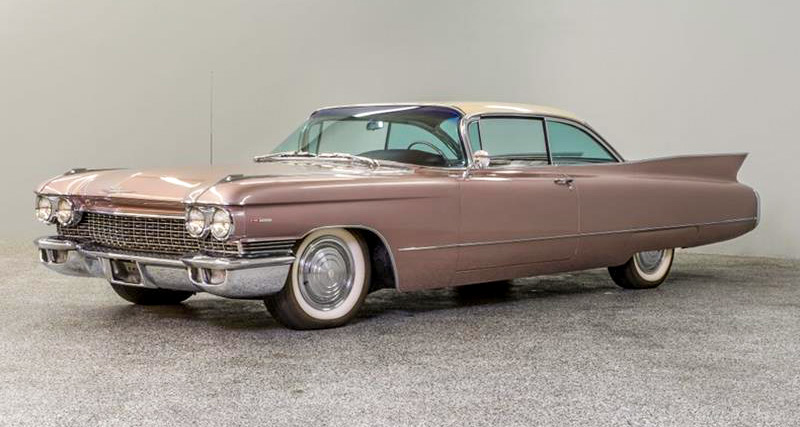
In an era defined by unwieldly, artful, luxurious sedans, the Cadillac Deville proves prototypical. Running the length of the vehicle you find double sets of quad headlights up front bookended by those signature dual bullet taillights mounted on huge tailfins. But the Deville wasn’t just about style, there was plenty of substance too. The forward-looking luxury options might surprise you for a 60-year old car. Not only could you get power windows and cruise control, you could also get the Deville with a remote-control trunk lock, six-way power front seat, and rear speakers (with remote!).
Shelby (AC) Cobra
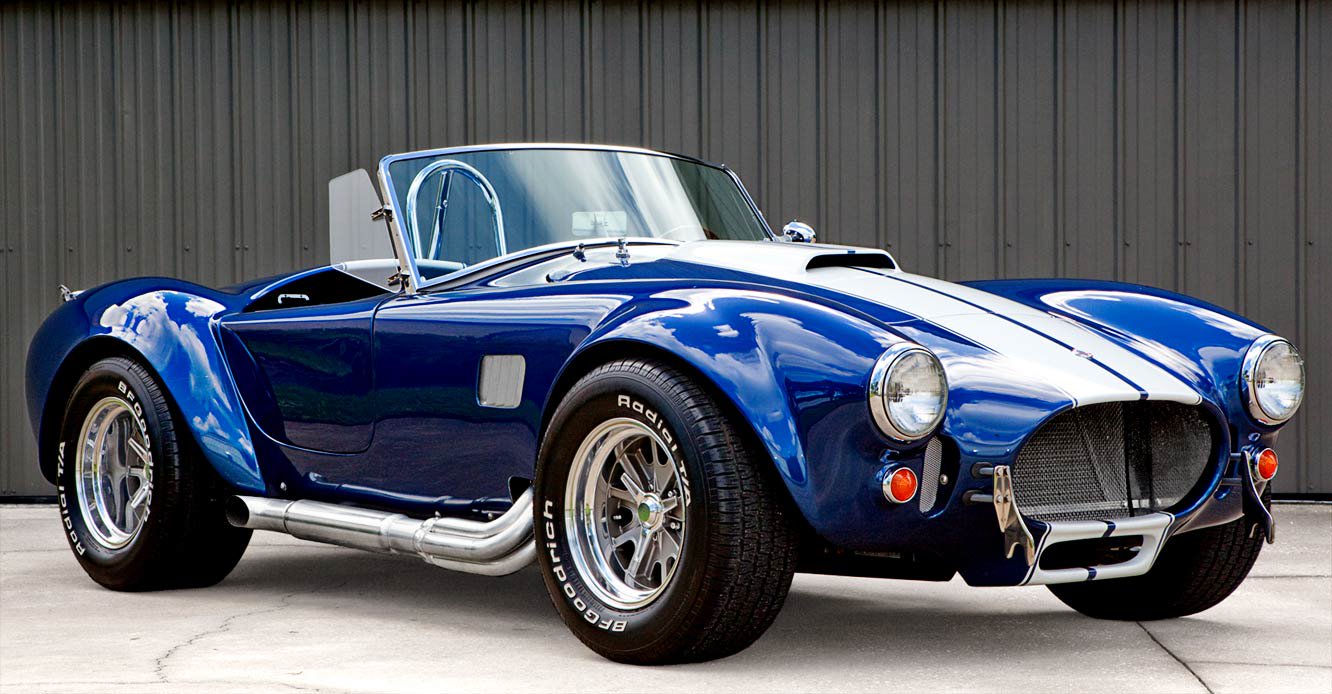
It really doesn’t get much more iconic amongst die-hard car lovers than the Shelby Cobra. It’s spoken of in whispers of reverence and awe. The Cobra is what fast American cars have aspired to since its release in 1962. An ingenious combination of power and light weight, the Cobra sent a shock wave through the automotive industry the echoes of which still reverberate today. The muscle car ethos of “more is more” is personified in the Cobra, with benchmark setting numbers like the 427’s 0-60 in a hair over 4 seconds and a scorching quarter mile of just 10.3 seconds. And we didn’t even get to how awesome these cars look. Form has never been more beautifully woven to function. Simple, sleek, powerful; the Cobra looked every bit the part of king of the muscle cars.
’48 Lincoln Continental
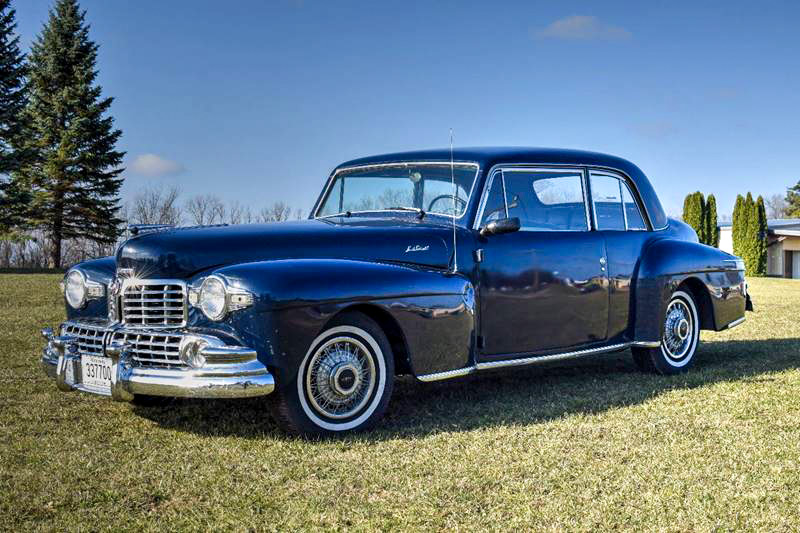
While it wasn’t as chromed out as some luxury cars of its day, the Lincoln Continental was high on understated style. It’s egg-crate grill of the post-war version was especially distinctive. The Continental’s head lights have their square turn signals positioned on the side, evoking a squinty eye long before the Miura’s eye lash trick. Turns out, exclusivity was part of the luxury bargain even back in the day. This Lincoln was double the price of a comparable Cadillac, closing in on nearly $10,000 dollars (it was also, ultimately, a money loser for Ford).
Bugatti Chiron
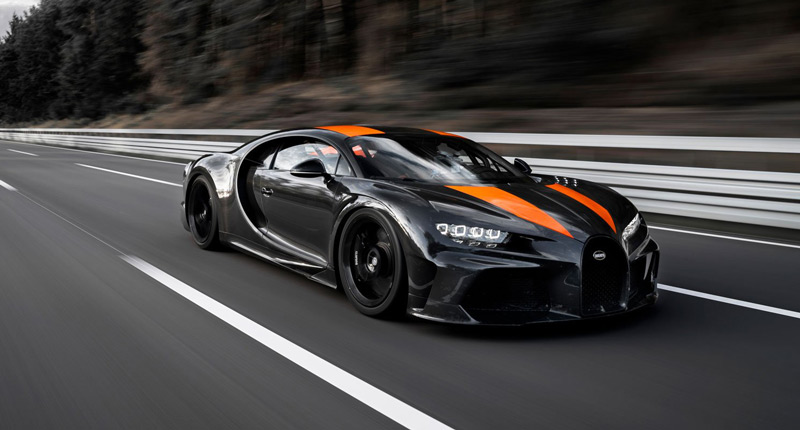
For cool(est) we knew we needed to include the most(est) of all cars, the Bugatti Chiron. The current world champ of the supercar set, Bugatti set out to create the most super supercar. How did they do it? A combination of precision engineering the likes of which you’ve never dreamed, curves that would make the Venus De Milo jealous, the most ridiculous 0-60 number (2.4 sec.) produced by more cylinders than any reasonable car should house (it’s a W16). Henceforth, please reserve “wow factor” only for things that reside within the same rarified realm as the Chiron.
Also Read: Our 9 Best Supercars
(Bonus) Mercedes-Benz AMG E63 Wagon
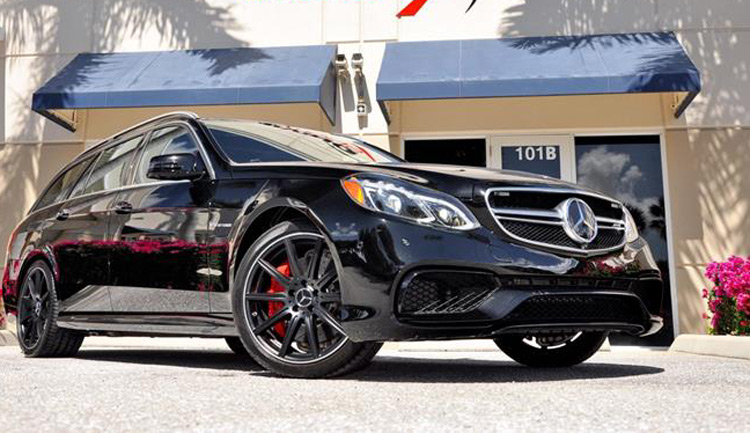
I know we’re doubling up on the Mercedes, but how cool is 0-60 in 3 seconds in the world’s fastest station wagon? Pretty … darn … cool.
We know this is only the tip of the cool car iceberg. Let us know your favorite cool cars down in the comments!


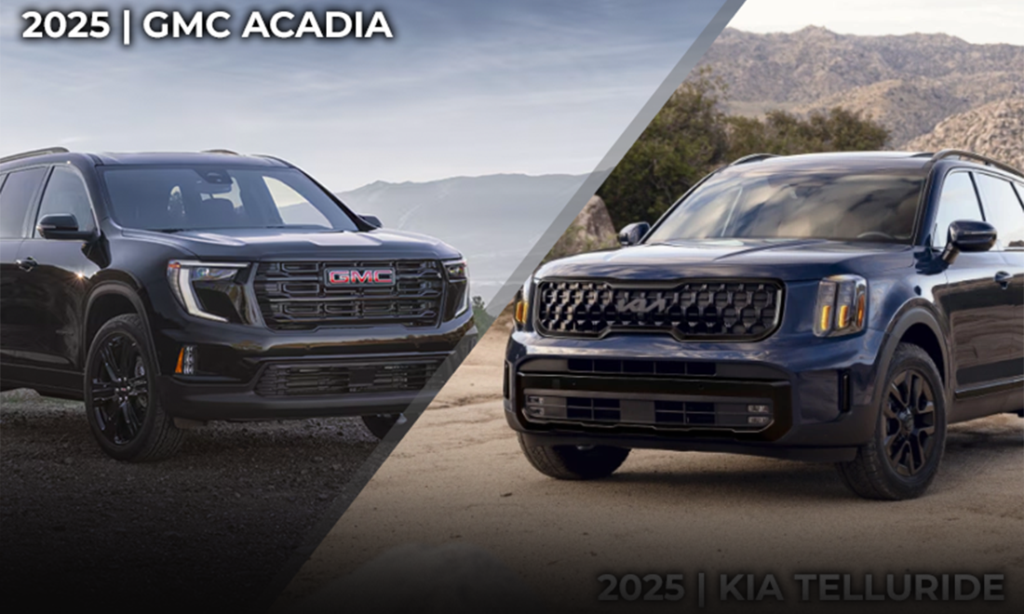
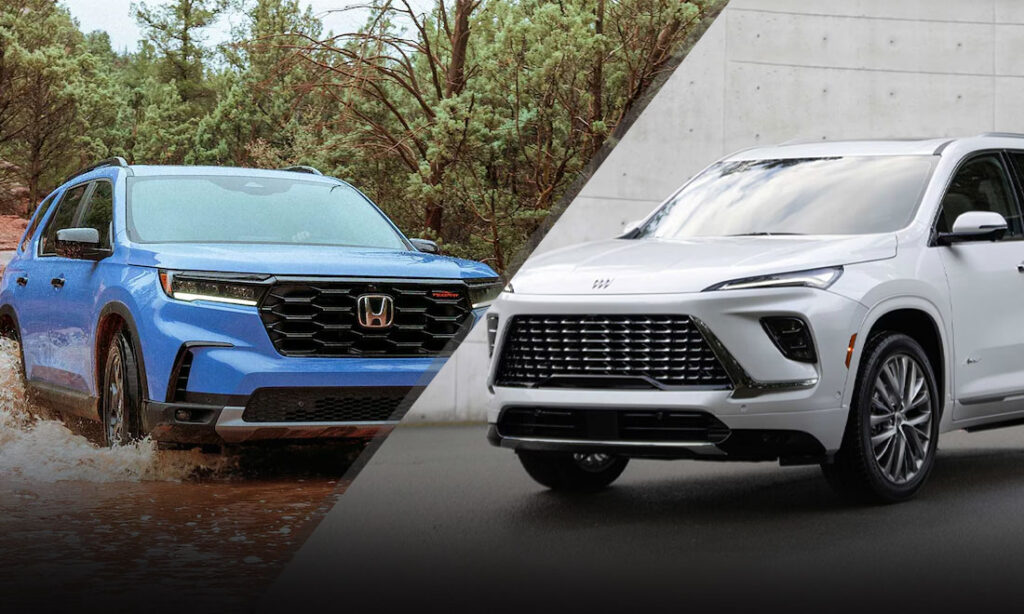


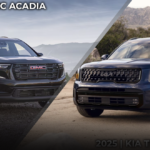


I like the Bugatti Chiron
cool